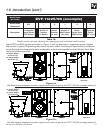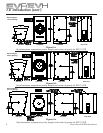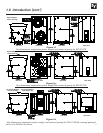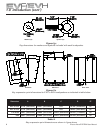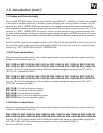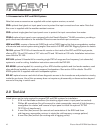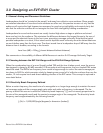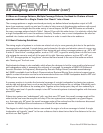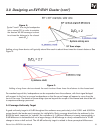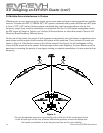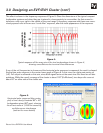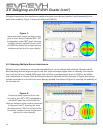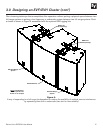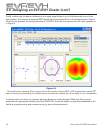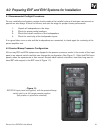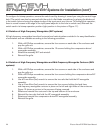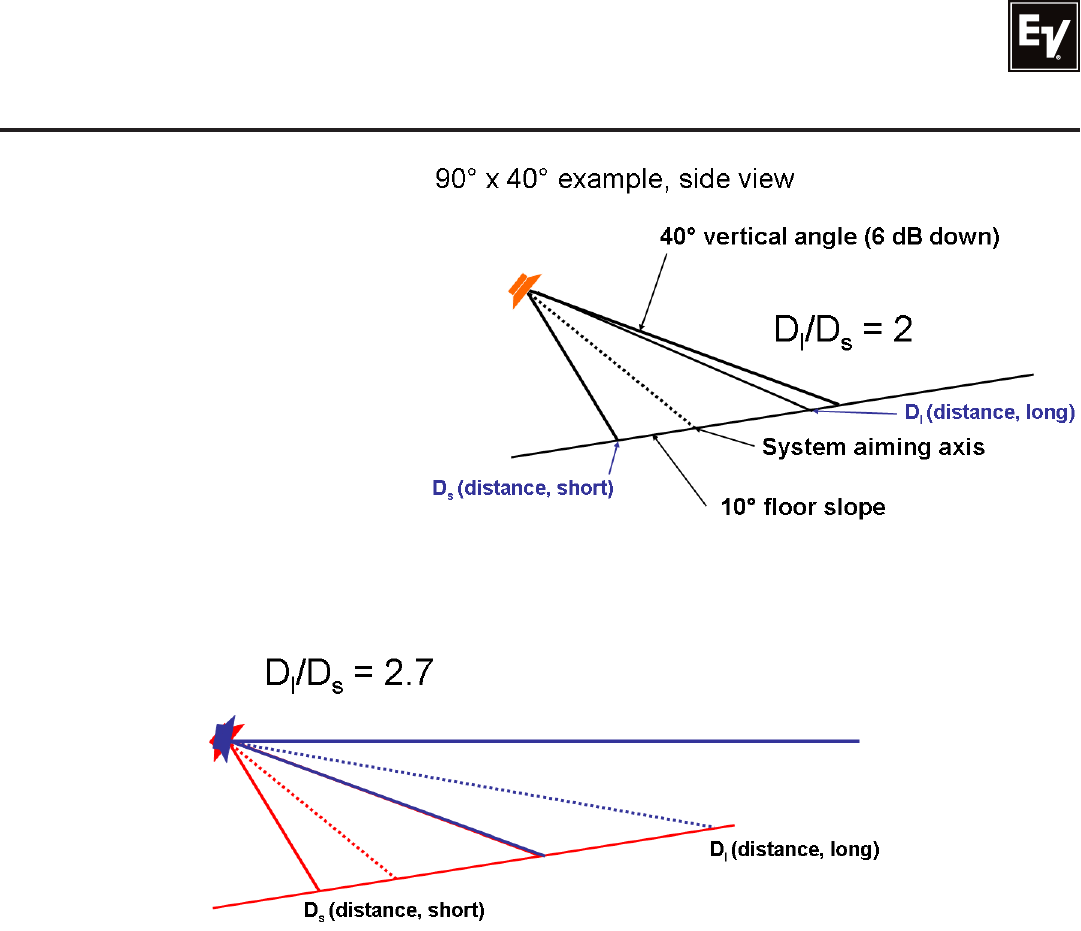
Electro-Voice EVF/EVH User Manual 13
Figure 2:
Typical “reach” of a single loudspeaker
into a venue (D
I
) in order to maintain
the desired ±3 dB coverage is about
two times the distance to the closest
seats (D
S
)
3.0 Designing an EVF/EVH Cluster (cont’)
Adding a long-throw device will typically extend this reach to about three times the closest distance. See
Figure 3.
Figure 3:
Adding a long-throw device extends the reach to about three times the distance to the closest seat
For reaches beyond this, loudspeakers can be suspended over the audience, with their signal delayed
with respect to the front or source loudspeakers so that the sound image will appear to come from the
front of the room. The details of these design tips are beyond the scope of this manual and should be left
to experienced design personnel.
3.4 Coverage-Uniformity Target
A good uniformity target is ±3 dB throughout the audience area, particularly in the 2,000- and 4,000-Hz
octave bands, the bands most important for intelligibility. Such coverage should also be achieved in the
8,000-Hz band, important for “sparkle.” As a reference, a 1-dB level difference is nearly imperceptible, a
3-dB difference is noticeable but not a large change, a 6-dB change is clearly noticeable and a 10-dB
change is twice or half as loud. The ±3-dB uniformity target is related to these perceptual differences.



